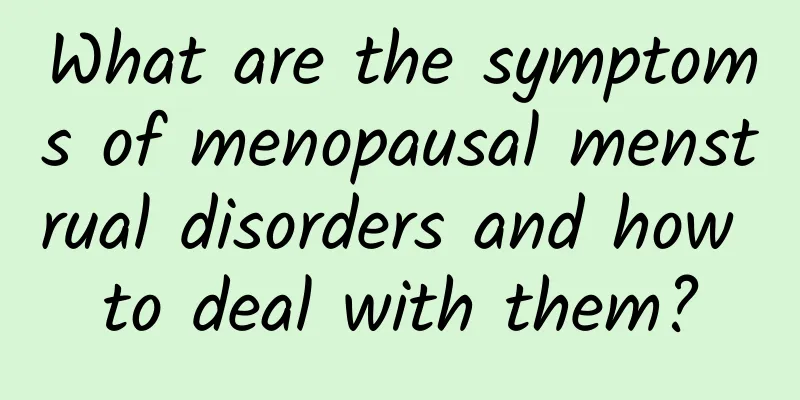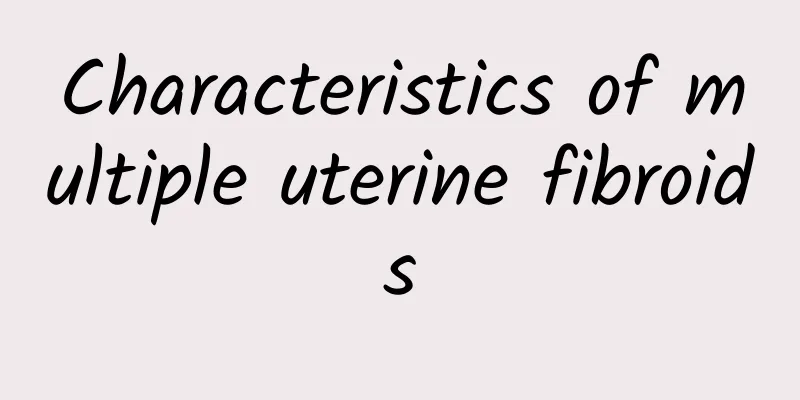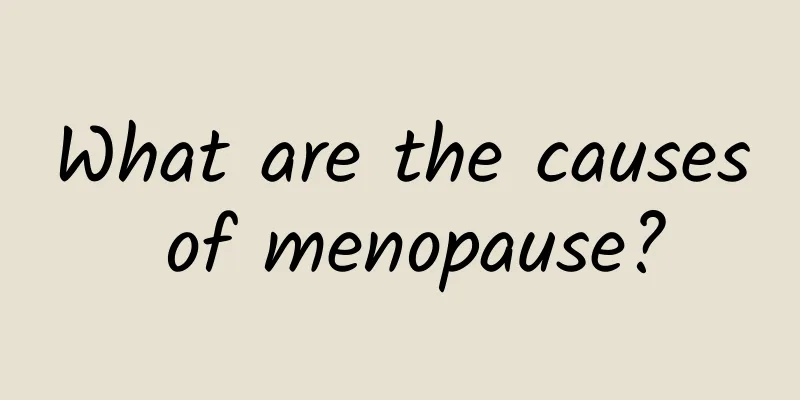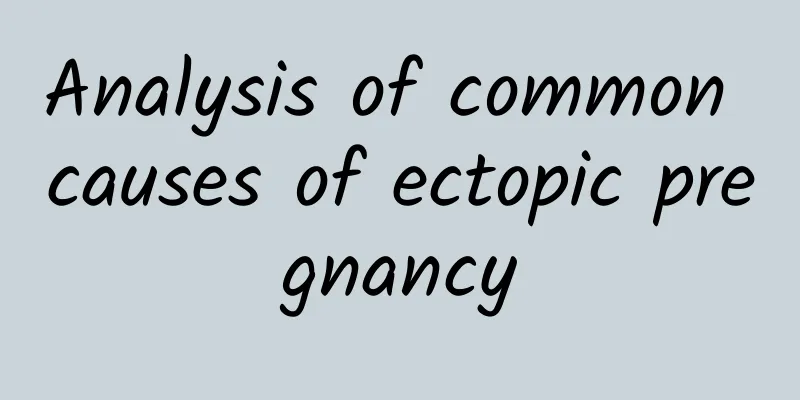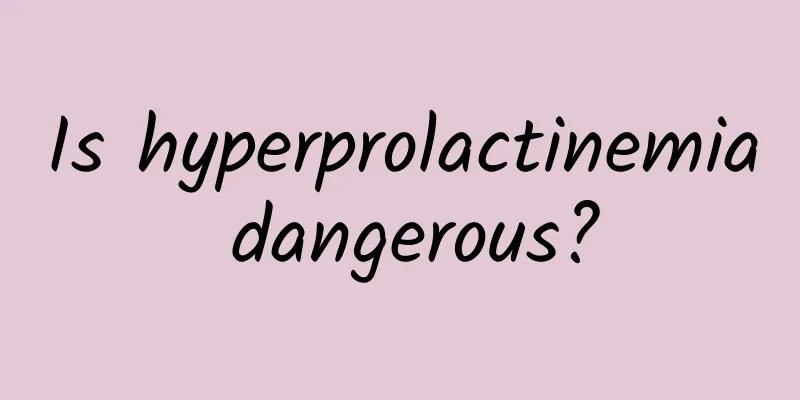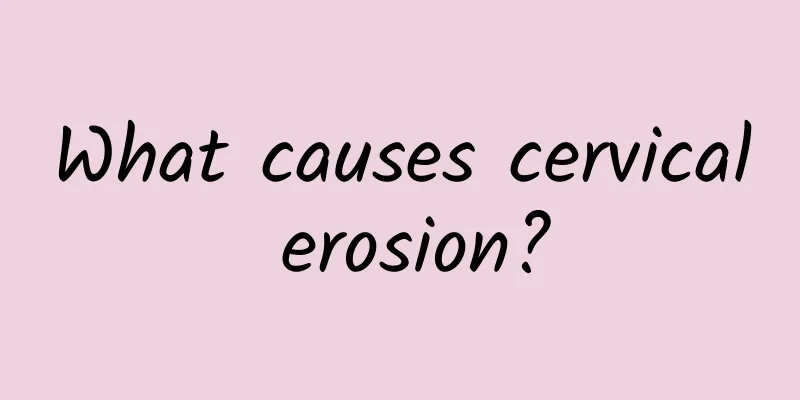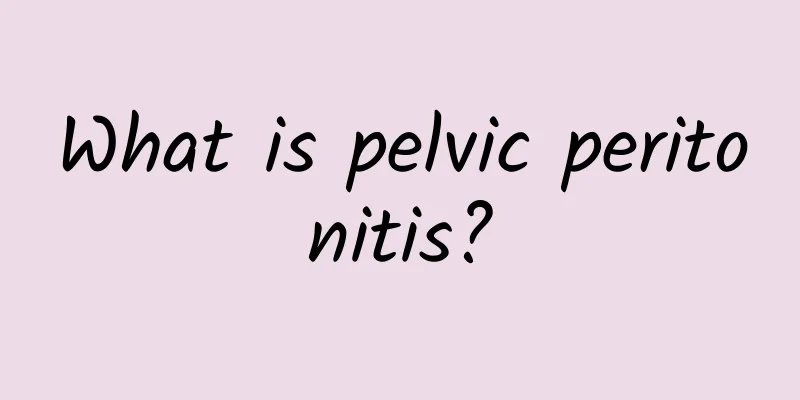Treatment of uterine adhesion after artificial abortion with traditional Chinese and western medicine
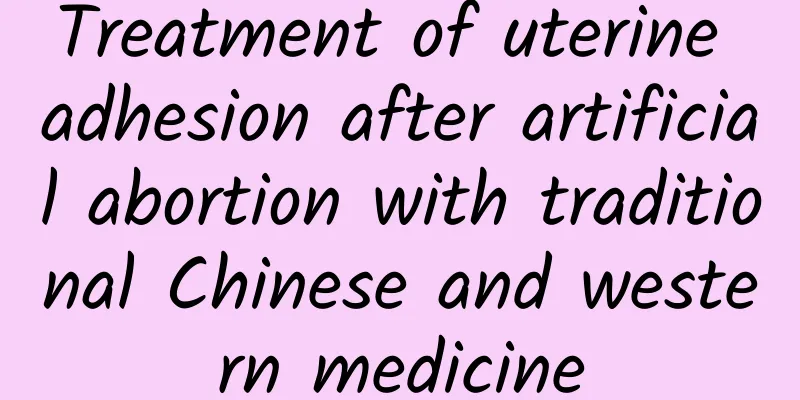
|
Abortion is very harmful to women and may cause various complications such as incomplete abortion, uterine perforation, abortion syndrome, adhesion of the uterine cavity or cervical os, etc. Because the uterine wall is soft during pregnancy, it is difficult to control the depth during curettage, or excessive scratching of the uterine cavity, excessive negative pressure during suction, and prolonged time can lead to postoperative uterine adhesions; at the same time, curettage during abortion is also one of the causes of cervical adhesions. If treatment is not timely, it can lead to amenorrhea, infertility, etc. in women. Therefore, early diagnosis and early treatment are very important. The main treatment methods include the following: 1. Western medicine treatmentFor those with adhesions at the cervical os, a probe can be used to penetrate the cervical canal, slowly separate the adhesions, and probe into the uterine cavity, and then a cervical dilator can be used for treatment; for those with intrauterine adhesions, a probe or dilator can be used to penetrate the uterine cavity and then swing horizontally left and right. After separating the intrauterine adhesions, an intrauterine device can be placed, and estrogen and progesterone can be given continuously to promote endometrial growth. 2. Traditional Chinese Medicine Treatment Blood stasis: After abortion, the patient will experience less menstrual volume, dark red color, thicker texture, accompanied by lower abdominal pain, heaviness and distension that refuses to be pressed. The tongue is dark purple, the coating is thin and white, and the pulse is stringy and astringent. Treatment method: Promote blood circulation and remove blood stasis, replenish qi and tonify kidney Prescription: modified Bushen Huayu Decoction. The ingredients include cooked rehmannia root, eucommia bark, white peony root, Achyranthes bidentata root, astragalus root, epimedium, angelica root, safflower, Millettia reticulata, Cistanche deserticola, Cibotium barometz, and costusroot. |
>>: What are the physical treatments for cervical erosion?
Recommend
How to prevent ovarian cysts in women
In order to effectively prevent ovarian cysts, wo...
What are the dangers of abortion? Abortion will bring ten major harms to women
If you are unable or unwilling to give birth to a...
Rope throwing high-intensity exercise burns 900 calories
Burning 900 calories in 30 minutes is no longer j...
Analysis of common causes of recurrence of cervical hypertrophy
For any disease, recurrence is the last thing pat...
What tests should be done before surgery for cervical precancerous lesions?
The cause of cervical precancerous lesions is sti...
What is the cause of endometrial tuberculosis?
Every woman dreams of becoming a mother, but endo...
Chronic adnexitis may cause menstrual irregularities
Chronic adnexitis may cause irregular menstruatio...
What are the major dangers of threatened abortion?
What are the major hazards of threatened abortion...
What are the symptoms of premenopause?
Although menopause is a very common disease and i...
What is the diet suitable for endometrial tuberculosis
Speaking of endometrial tuberculosis, I believe e...
Which cause of vulvar leukoplakia is a problem that many patients are troubled by?
The cause of each female vulvar leukoplakia depen...
Will the right ovarian cyst disappear? What are the symptoms?
Will the right ovarian cyst disappear? What are t...
Make your own nutritious low-fat meals! The amazing "chicken" and "garlic" are delicious and low in calories
Garlic fried chicken fillet with carrots, cabbage...
4 things to note in the life of patients with cervical erosion
Cervical erosion is a manifestation of chronic in...
What causes uterine fibroids?
What causes uterine fibroids? Uterine fibroids ma...
